This event has now taken place, dates for future events to be announced soon!
Times stated below are CET (GMT+1hr)
 Matt Daley
Matt Daley Dr Trent Victor
Dr Trent Victor Carina Björnsson
Carina Björnsson Dr Siddartha Khastgir
Dr Siddartha Khastgir Robert Klarner
Robert Klarner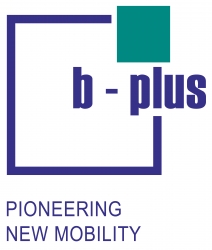 Alexander Noack
Alexander Noack Jason Marks
Jason Marks Farid Kondori
Farid Kondori Aaron Newman
Aaron Newman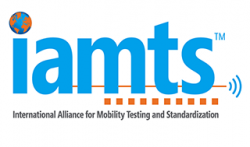 John Tintinalli
John Tintinalli Dr Andras Kemeny
Dr Andras Kemeny Dr Mircea Gradu
Dr Mircea Gradu Kevin Vincent
Kevin Vincent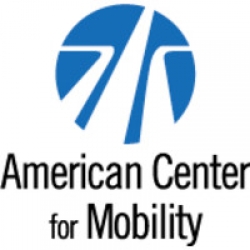 Ralph Buckingham
Ralph Buckingham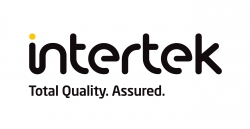 Nate Danks
Nate Danks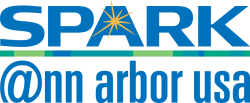 Komal Doshi
Komal Doshi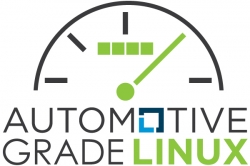 Dan Cauchy
Dan Cauchy Jack Weast
Jack Weast Andreas Riexinger
Andreas Riexinger